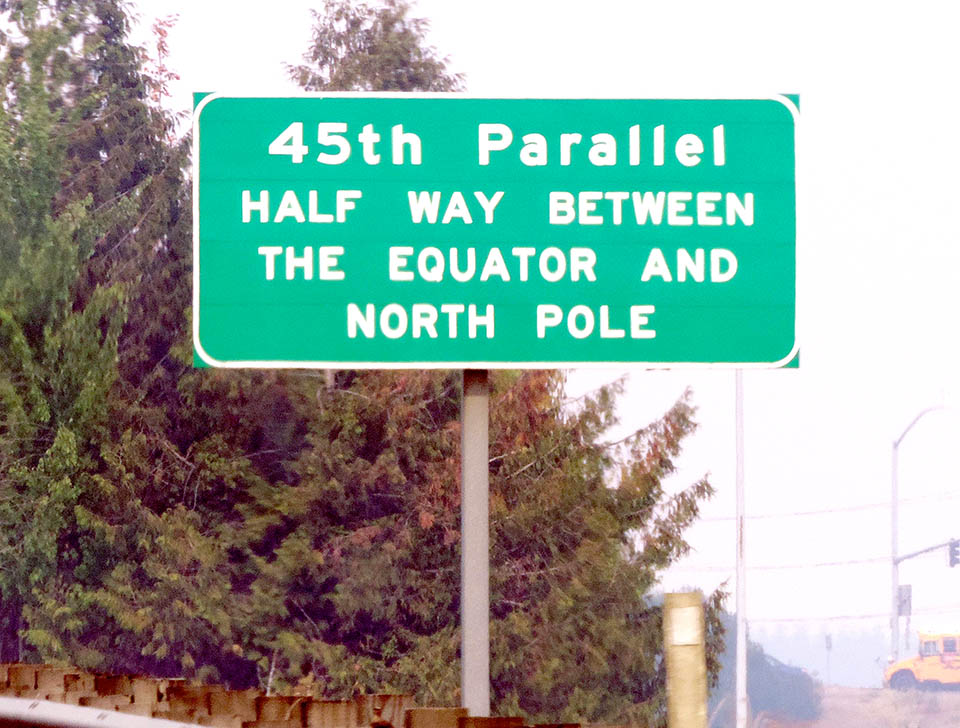
It’s coincidental perhaps that two of the great rivers of Western Europe have such similar names. Other than that, the Rhône and the Rhein have little in common except that they both rise in the mountains of Switzerland and they’re both full of water. Historically, the rivers were important trade routes and major modes of transportation and today they remain important carriers of industrial traffic but are also popular tourist attractions. I suppose as far as scenery is concerned, the Rhein wins hands down especially during its journey through Germany. Of course, these two rivers pass through important wine regions which have been in production since the days of the ancient Romans. Well, everyone knows that. Even my dogs know that. And so, probably does the cat next door, though on second thoughts maybe not, for it’s a rather dim-looking thing. The Rhein is the home to Germany’s famous Rieslings, while the Rhône passes through the eponymous valley which is the home to exalted wine regions like Condrieu, Crozes-Hermitage and Chateauneuf-du-Pape.
France’s Rhône Valley produces an extraordinary variety of wines. For many people outside France, Rhône means red. And not without reason, because white wines account for only 8% of the total production. The Rhône is divided into the North and South, which are quite separate regions about an hour’s drive apart. Their wines are different in style due to climatic conditions, the position of the vineyards in relation to the river, the nature of the soil and the grapes that are used. They are excellent food wines too: often a friendlier alternative to Bordeaux and usually a cheaper alternative to Burgundy.
Paul Jaboulet Aîné Parallèle 45 (white), Côtes du Rhône 2021, France (Bt. 829 @ Villa Market)
Perhaps we’d better start by decoding the label. The Jaboulet winery was founded by Antoine Jaboulet in 1834 with a small estate based near the river. Over the years, the company established a reputation for their high-quality wines. The word Aîné means “the elder” or “senior,” and today Paul Jaboulet Aîné is one of the leading wine producers in France. You really can’t go wrong with a Jaboulet wine. Côtes du Rhône means the “slopes” or “hills” of the Rhône and the designated wine area (or appellation) stretches over a hundred and fifty miles along both sides of the river between Lyon and Avignon, extending far into the surrounding countryside. It’s a catch-all appellation for everyday Rhône wines. The Côtes du Rhône (coat-duh-ROHN) appellation has become one of France’s most popular for interesting everyday wines. One notch up the quality tree are wines classed as Côtes du Rhône Villages and wines considered a notch higher display the name of the village on the label.
But what about Parallel 45? If you can still recall your school geography, you might remember that the northern 45th parallel is an imaginary circle of latitude 45 degrees north of Earth’s equator. It makes a fascinating journey, passing over Southern France and Northern Italy then sweeping across Eastern Europe to the Black Sea. In Asia, it crosses Mongolia, China and Japan, then soars across the Pacific to Oregon where it crosses a dozen American states and four Canadian provinces. The Americans seem to have taken a liking to the 45th Parallel, because it’s marked on many highway signs. In France, it passes over the Rhône Valley just south of Grenoble, which is why the name has been borrowed for this wine.
There is of course a southern 45th parallel but I shall leave you to read about this on your own, assuming you have the time and the inclination. But to spare your disappointment, I should add that the southern 45th parallel is less interesting than the northern one because for most of its journey, it passes over the sea.
This organic Jaboulet wine is a lovely pale gold colour with a slightly oily appearance and a clean fruity aroma. The gentle, sweetish floral smell comes through first along with reminders of honeysuckle, melon, peach and apricot. Possibly quince, too but I have almost forgotten what quince smells like. On the palate, the wine is rounded and silky soft with plenty of fruit and a satisfying vibrant balance of acidity. You might also pick up hints of herb or nutmeg. The taste seems to blossom in the mouth and there’s a long, clean finish.
The wine is a typical, if rather complex Southern Rhône White Blend. This is a general expression used to describe the various combinations of grapes used in white wine production. This example is based on 32% Grenache Blanc which brings structure and density to the body. The blend also includes the popular Marsanne, Viognier and Clairette varieties along with the curiously-named Bourboulenc, a local grape little known outside southern France. It’s added to bring acidity and citrus aromas to the wine. The winemakers suggest that you serve this at 10-12° C (50-53° F) but a few degrees lower won’t do the wine any harm. At 13.5% ABV, this is a fragrant and rather elegant cool-climate wine with a quite a bit of character. Southern Rhône whites make good partners for pork dishes, rich chicken meals and fish such as sea bream. A white Rhône makes a pleasant change from Chardonnay and Sauvignon Blanc, both of which seem to dominate the white wine selections in shops around here.






